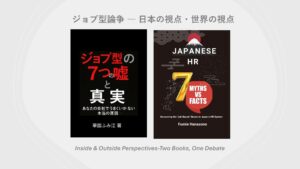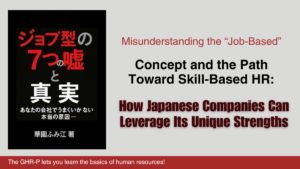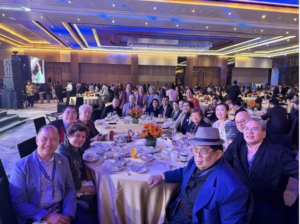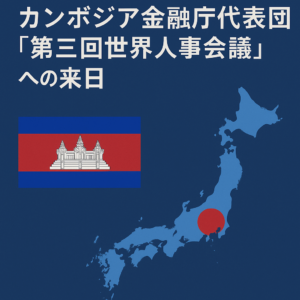Do You Know “Job-Based HR”? — The Wave Japanese HR Is Facing for Revolution
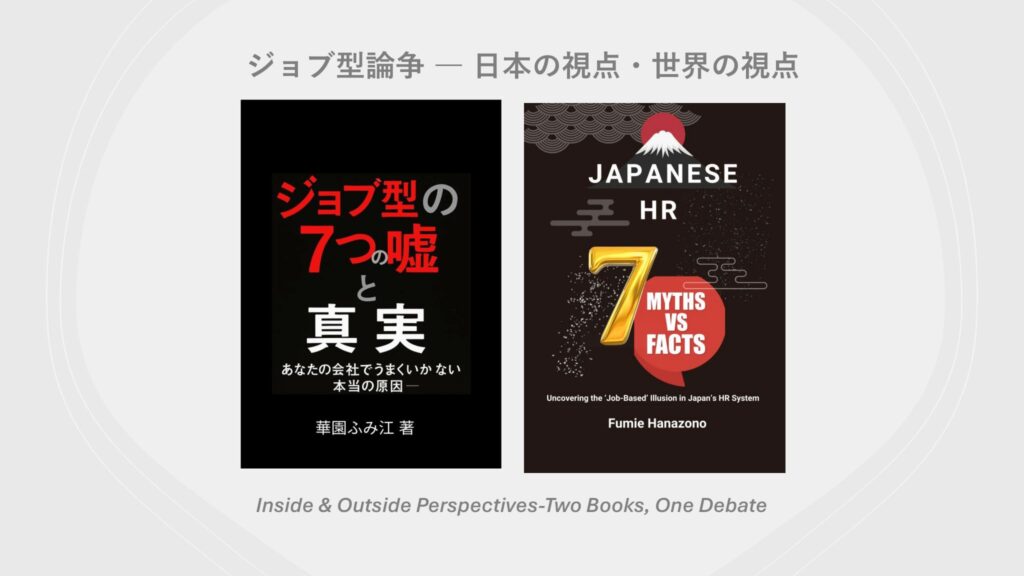
For decades, Japan’s HR system has been built on lifetime employment and seniority-based promotion. These traditions brought stability but also made Japan’s HR appear opaque, rigid, and resistant to change when viewed from outside Japan. Many global HR leaders still describe Japan’s HR as a “black box,” difficult to understand and align with international standards.
What “Job-Based HR” Means in Japan
In global HR practice, defining each individual’s job and documenting it through a job description (JD) is the foundation of any HR system, regardless of its specific design. However, in Japan, most companies historically did not even have JDs in place.
With the introduction of JDs and Job evaluation, a new era of HR, termed “job-based HR,” is emerging in Japan, offering a promising future for the country’s HR practices.
Voices from Japanese workplaces
Through HRAI seminars, lectures, and e-learning programs such as GLOBIS E-learning, we have gathered feedback from hundreds of Japanese HR leaders. Their voices reveal three recurring issues:
- Uncertainty: “We feel pressured to adopt job-based HR, but we don’t know if it will really work in our company.”
- Superficial implementation: “As long as we write job descriptions, we are already job-based.” This misconception leads to hollow systems and confusion.
- Disconnect from reality: “Means and ends are reversed.” HR departments often implement systems without employee buy-in, resulting in a disengaged workplace.
The key takeaway from these experiences is clear: job-based HR should be seen as a strategic tool, not a standalone objective. The introduction of any HR system should always be viewed as a means to support strategy and unlock human potential.
Failure and Success in Practice
- Failure: A major manufacturer adopted job-based HR simply because it was a global trend. Job descriptions were created, but they failed to reflect the fundamental roles or required skills accurately. Without linking to evaluation or pay, the system became hollow, fueling dissatisfaction and turnover.
- Success: Another Japanese company, working with a global partner, positioned job-based HR as a tool to realize a global talent strategy. It clarified strategic requirements, co-created role definitions with managers, and linked evaluation with pay. The result was greater transparency, more effective talent deployment, and stronger employee motivation.
The Unavoidable Transformation Wave
Despite setbacks and misunderstandings, a wave of change is moving through Japan. Companies are beginning to align job definitions with their strategies, clarify expectations, and design transparent evaluation systems.
However, today, the push for reform is no longer optional. Japanese companies are now facing the inevitability of transformation due to:
- Increasing global competition
- Severe talent shortages
- Growing reliance on overseas revenue
These pressures are forcing organizations to open up and modernize their HR systems, which have long remained closed and resistant to change.
Japan’s HR must ride this wave successfully.
Further Reading — Two Books, Two Perspectives
To dive deeper into these issues, I have published two books. They are not simple translations, but instead written from two different perspectives: from within Japan, and from the outside world looking in.
📕 Japanese Edition: The 7 Myths and Truths of Job-Based HR in Japan
This book explores why job-based reforms often fail in Japan. Drawing on history, culture, and both success and failure cases, it highlights contradictions between lifetime employment, seniority-based customs, and “job-based” expectations. It also incorporates the authentic voices of HR practitioners on the ground in major Japanese companies.
📘 English Edition: Japanese HR – 7 Myths and Facts: Uncovering the ‘Job-Based’ Illusion in Japan’s HR System
Written for international readers, this book explains why Japanese HR is often seen as a “black box.” It clarifies the roots of misunderstandings and compares Japan’s practices with international standards, providing global HR leaders with a framework to better understand and collaborate with their Japanese counterparts.
Why Read Both?
If you are a Japanese and English reader, reading both editions provides a dual perspective: understanding the domestic challenges while also seeing how Japanese HR is perceived from the outside world. For global readers, the English edition clarifies Japan’s HR system, while the Japanese edition shows how these debates unfold internally.
Together, the two books offer a comprehensive and multi-angled view of Japan’s HR transformation — essential for anyone engaged in global HR, strategy, or cross-border collaboration.
You can find the book:
Paperback: https://amzn.to/4nM1cp9
Kindle: https://amzn.to/3W70Ey1

華園ふみ江
一般社団法人 人事資格認定機構
代表理事
米国公認会計士
ASTAR LLP 代表
